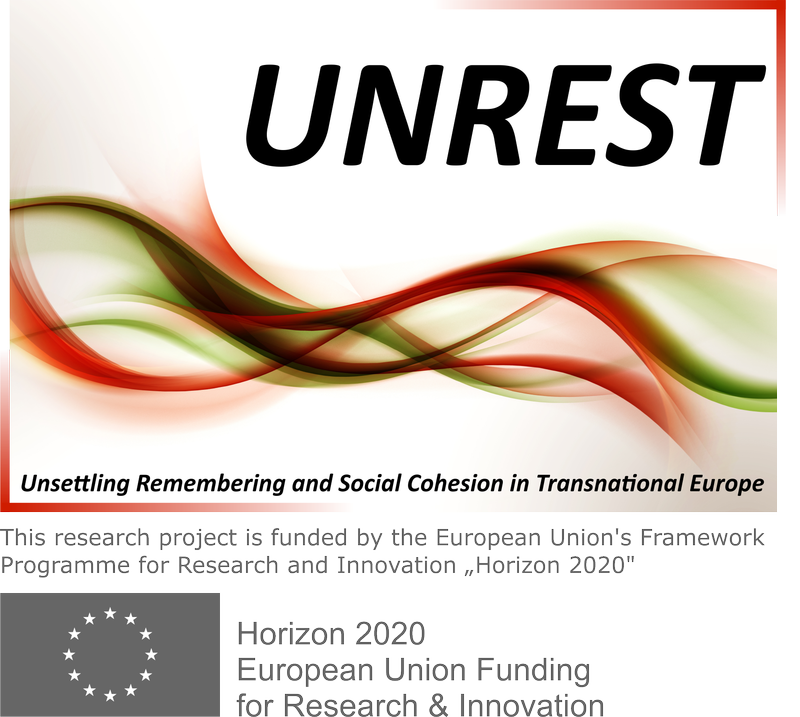CASE STUDY 3: BOSNIA. Bosnia and Herzegovina offers a rather different case, heavily tainted by its legal and forensic profile and a top-down approach, which has resulted in serious frictions with relatives and local populations (Nettlefield and Wagner 2014). In the Balkan war, Srebrenica was a UN ‘safe area’ hosting several thousand Bosnian Muslim refugees. In the summer of 1995, over eight thousand men and boys were executed there by members of the Bosnian Serb army. In an attempt at erasing the evidences of the killing, the mass graves were later partially dismantled by the Bosnian Serb army with big machinery and the remains partially reburied in secondary mass graves, scattered across eastern Bosnia.
The opening of mass graves in Bosnia and Herzegovina and the recovery and identification of the missing started soon after the war and, due to the comingling of remains in primary and secondary mass graves, run into serious technical problems. With the support of the International Criminal Court for the former Yugoslavia and the International Commission of Missing Persons, an international DNA-based identification structure was set in place. Thus, as opposed to Spain, exhumations in Bosnia are dominated by the forensic search for criminal evidence and global justice, and the process of returning the bodies to relatives and communities faced with troubling questions about the integrity of the remains and ‘how much body’ was considered ‘acceptable’ by relatives to bury (Nettlefield and Wagner 2014). Thus, in Bosnia and Herzegovina, relatives have to face both the exposure of painful violence and the logic of forensic recovery and identification, and negotiate and reconcile the scientific practice with their religious beliefs and funerary practices derived from the Sharia law. The Srebrenica-Potocari Memorial and Cemetery, where an annual celebration takes place each 11th July, is the monumental expression of all these frictions amongst international law, forensic practice and religious belief, and will be one major research site.
In these three different scenarios, UNREST will contribute new data to the testing of its main theoretical hypotheses on antagonistic, cosmopolitan and agonistic memory styles of remembering. The CSIC-based team is a world reference in the comparative analysis of contemporary exhumations in the world, as proven by the recent volume Necropolitics: Mass Graves and Exhumations in the Age of Human Rights (U Pennsylvania Press, 2015), co-edited by the WP leader. The interdisciplinary team assembled in WP3 is composed of social anthropologists (Ferrándiz, Martín), social historians (de Kerangat, Axboe), literary Critics (Hristova) and archaeologists (Jugo). As each of the case studies has different features and academic research traditions, the methodological strategies will be specifically designed. In the three cases, extensive literature review will be carried out and researchers on the ground will carry out a minimum of 5 semi-structured interviews with each of the following stakeholders: (a) victims’ associations; (b) technical teams; (c) state institutions. Besides this, in CASE 1, ethnographic research on a minimum of three contemporary Spanish exhumations will be based on the ongoing fifteen-year-old field research by the local UNREST partner, and will be carried out by two pre-doctoral students under contract with CSIC until 2018, writing dissertations on the topic (de Kerangat, Martín). This methodology involves in-depth participant observation before, during, and after the exhumations, extensive video recording and photographing of all aspects of the process, and the systematic compilation of press and Internet impact. In Poland (CASE 2), where there has been much less empirical research conducted, equal on-site ethnographic fieldwork on a minimum of three exhumations will be carried out during one year by the CSIC-based postdoctoral researcher (Hristova) under the supervision of the WP leader and the advice of the Polish research team, which has links with archaeologists who participate in such unburials and will facilitate connections with the institutions involved and other local stakeholders. In Bosnia (CASE 3) UNREST research by both the CSIC-based postdoctoral researcher and the CSIC based Bosnia pre-doctoral student (Jugo) will rely on the extensive secondary sources focused on the well-studied case of Srebrenica, at least three contemporary exhumations, as well as the cooperation of experts participating in the CSIC-led research project on Spanish exhumations in comparative perspective (Wagner 2008 and Nettlefield and Wagner 2014) and Aarhus’ Balkan expert Christian Axboe Nielsen. The ethnographic field research will focus on ongoing exhumations (Jugo) and the ceremonies around the Srebrenica-Potocari Memorial and Cemetery on 11th July (Hristova).
See also: http://www.politicasdelamemoria.org
